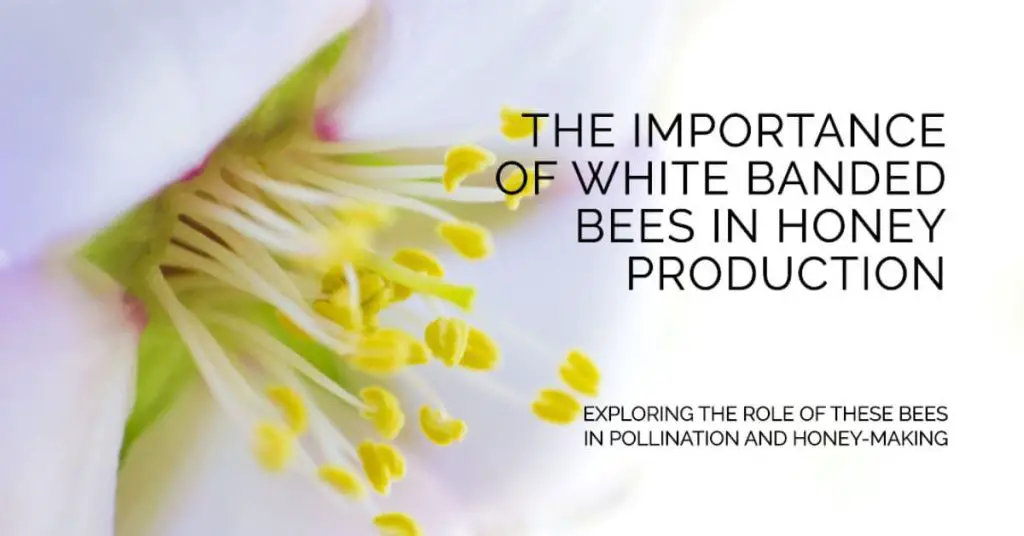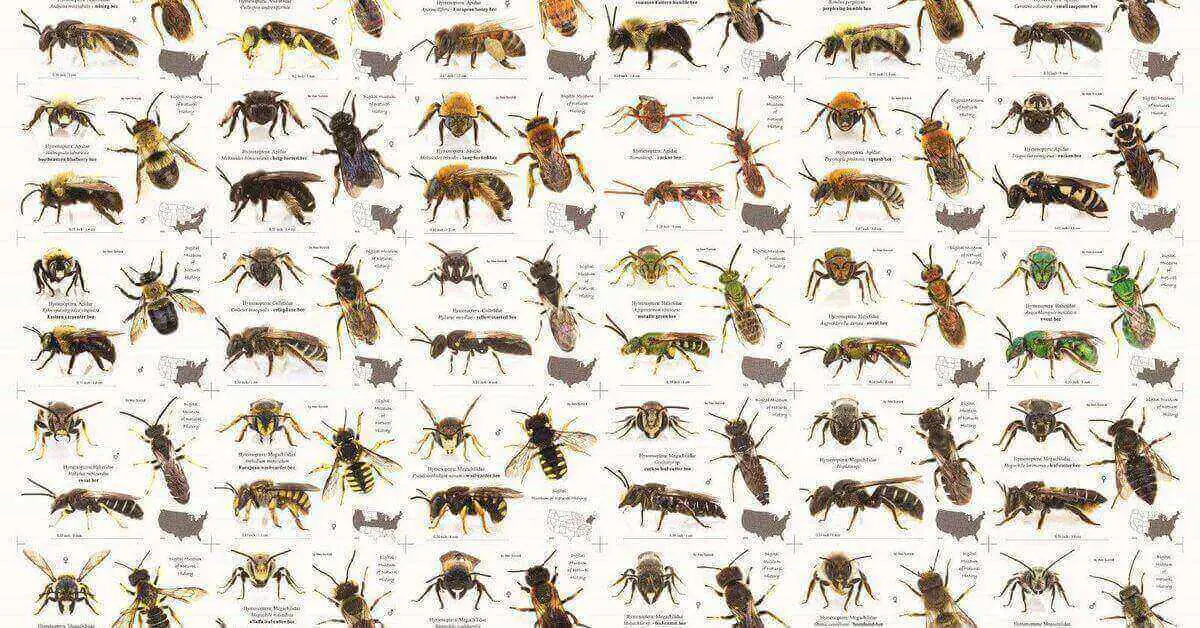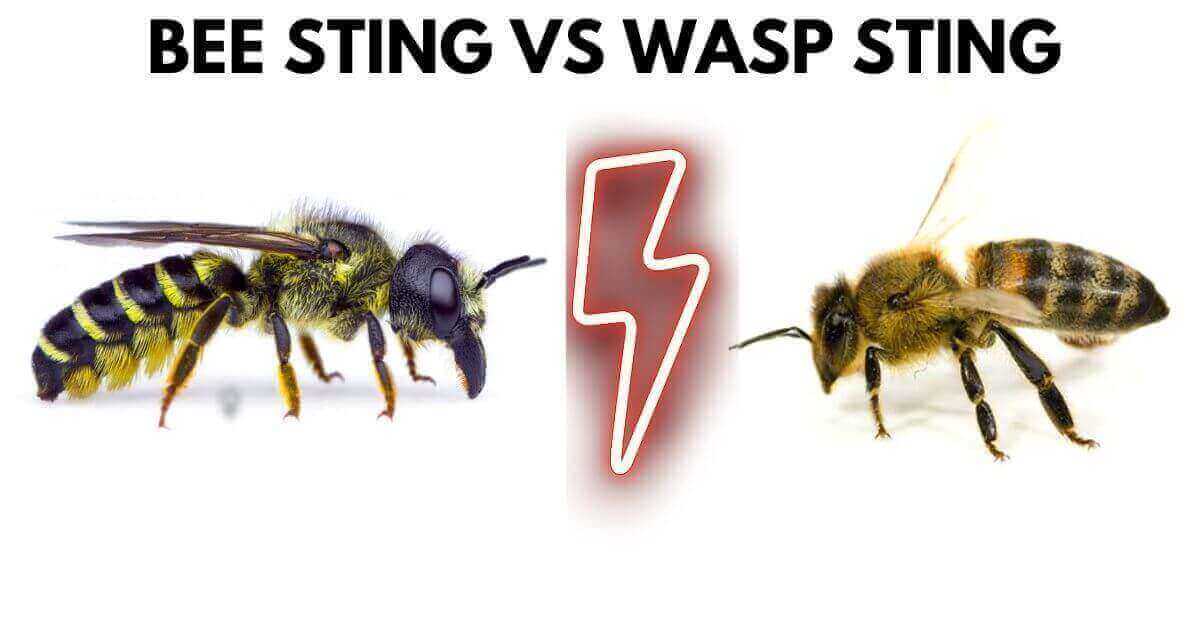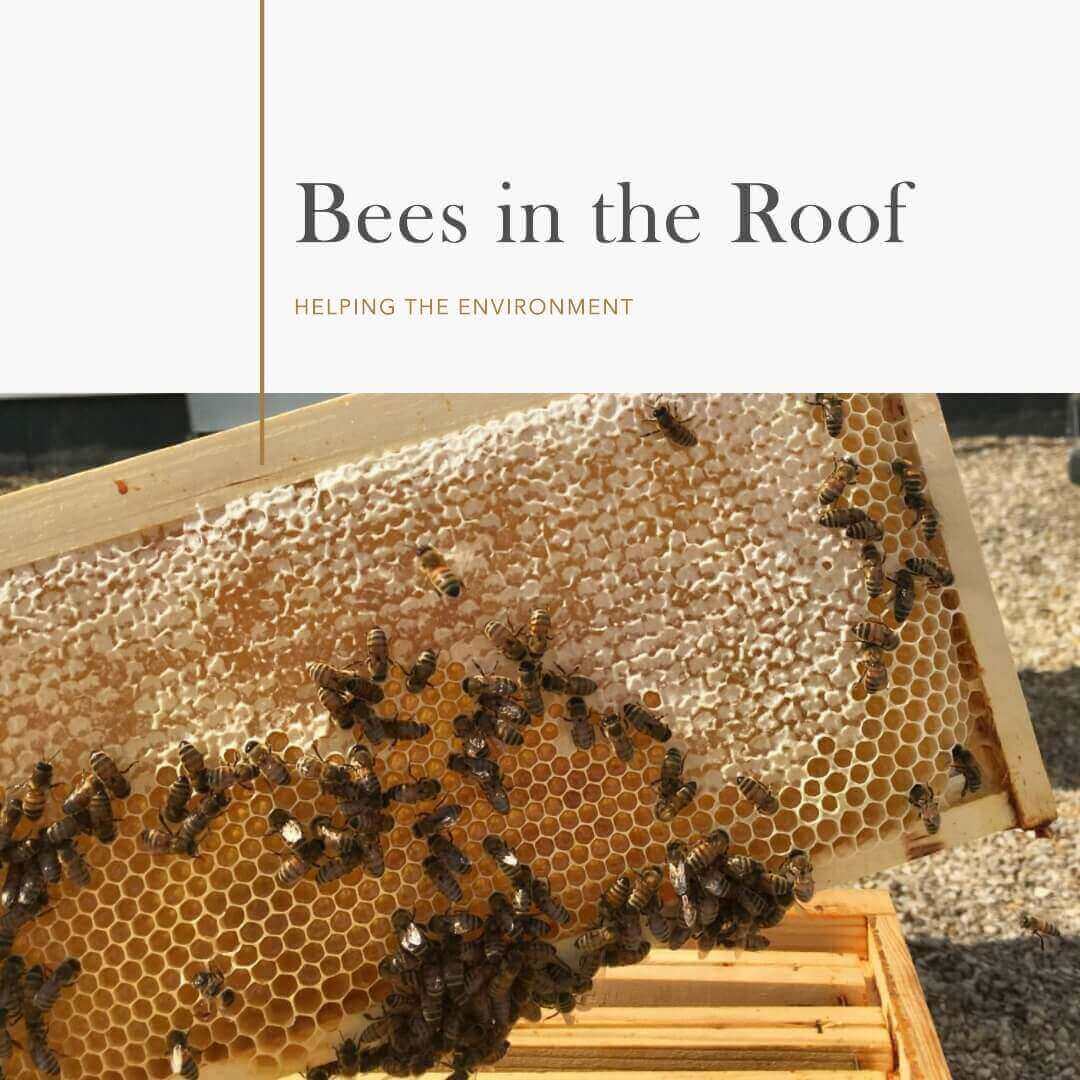White-banded bees, also known as orchid bees, are a group of neotropical bees belonging to the genus Euglossa. They are so named because of the characteristic white bands that run across their dark bodies. These bees are notable for their striking appearance and their role as pollinators of many species of orchids.
Where do I Find White-banded Bee?
White-banded bees are found throughout Central and South America, from Mexico to Argentina. They are solitary bees, meaning that they do not form hives or colonies. Instead, each female bee constructs her own nest in a pre-existing cavity, such as a hollow tree or a crevice in a rock.
Male Identification
Male white-banded bees are particularly distinctive, with brightly colored metallic green or blue bodies. They are also equipped with specialized structures on their legs and mouthparts that allow them to collect and carry volatile chemicals, such as those produced by orchids. These chemicals are used by the males to attract females for mating.
Pollination
White banded bees are important pollinators for many species of orchids, which often have complex, specialized structures that require a specific type of pollinator. In addition to orchids, these bees may also visit other types of flowers to collect nectar and pollen.
Do White banded bees Make Honey?

White banded bees do not produce enough honey to be commercially viable, and their primary purpose in collecting nectar is to feed themselves and their offspring. Unlike honeybees, which store nectar in their hives and transform it into honey through a process of regurgitation and evaporation, white banded bees do not have a communal hive structure. Instead, they are solitary bees that live in individual nests in tree cavities, crevices, or other sheltered locations.
Sting
They do have the ability to sting if they feel threatened or their nest is disturbed. Their sting is generally milder than that of honey bees and bumblebees, but some people may still experience an allergic reaction to their sting. If you encounter white-banded bees, it’s best to give them their space and avoid disturbing their nest or handling them.
The Mystique of White Bees with White Stingers
The idea of white bees with white stingers has captured the imagination of many, but it remains more myth than reality. To date, no documented evidence supports the existence of bees with entirely white stingers. Bees typically have stingers that are black or dark brown in color, and while some species may exhibit variations in coloration, a completely white stinger is not among them.
The Rarity of White Bees
White bees are relatively rare in the natural world. While some species, like the aforementioned white-banded digger bee and white-striped bee, display white markings on their bodies, a truly white bee is an exceptional find. Nature’s diverse palette of colors ensures that bees come in various hues, each adapting to its specific environment and ecological role.
Summary
Usually people do not know about white-banded bee because they are known with the name of Orchids bee. The bee contain dark body with white lines. They are solitery bee which do not make honey.




